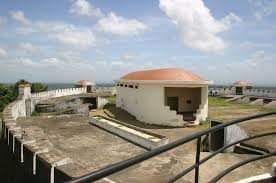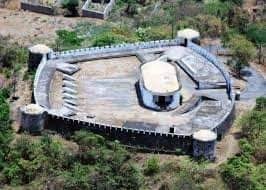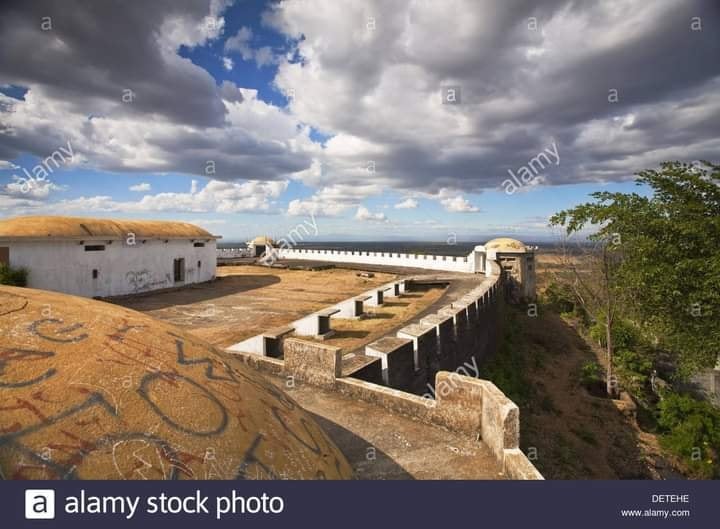- Vlog 48-This SMALL TOWN in Matagalpa has BEAUTIFUL HOUSES!Posted 1 year ago
- Vlog 47-Driving TOUR in the North City of Nicaragua “ESTELI”Posted 1 year ago
- Vlog 46- Leon during Holy Week A GREAT TIME TO VISIT!Posted 1 year ago
- Vlog 45- Moving to Nicaragua – How to Relocate SuccessfullyPosted 1 year ago
- Vlog 44-Fireworks in Leon NicaraguaPosted 1 year ago
- Vlog 43- Is it true Why No Rental Properties in Poneloya & Las Penitas NicaraguaPosted 1 year ago
- Vlog 42-This is the TRAFFIC at NIGHT in Esteli, Nicaragua.Posted 1 year ago
- Vlog 41- Cultural SHOCK in Reverse Trip to the USA from NicaraguaPosted 1 year ago
- Vlog 40-Is U.S Real Estate Market impacting Nicaragua?Posted 1 year ago
- Vlog 38- Why choosing an expensive area in Nicaragua can be a mistakePosted 1 year ago
COYOTEPE HISTORY

By Byron Ortega
Some scholars have proposed Coyotepe, from “Coyotl”, Coyote (latrans sp), and they translate Cerro de los Coyotes ( Hill with coyotes ), but in our opinion (Davila Bolaños), the great density of the population of the place, cited by Oviedo, and what.
The absence of water made the presence of these animals more than difficult. On the other hand, many specimens of Coyoles (Acrocomia sp (Common names include grugru palm, macaúba palm, coyol palm, and macaw palm) ) are still seen It is located north of the city of Masaya at the top of the hill of the same name, an elevation of 586 meters. above sea level and at a distance of 28.2 km from the city of Managua.
The fortress was built in 1893, during the administration of Liberal President José Santos Zelaya, with the aim of creating a protection zone for Masaya since then that city was threatened by the war between liberals and conservatives. This point being the one with the best strategic value.
The Coyotepe by 1912 was only one story. But by 1936 Anastasio Somoza García, or Tacho Viejo as people knew him, had tunnels built for political prisoners. In the complex building there are 43 “bedrooms”, 28 of which are on the first floor, which is where the best conditions were had, as there was some air and light. From 1913 to 1936 the fortress was occupied as a military base.
In 1912 the heroic deed of General Benjamín Zeledón stands out in the Fortress, who defended national sovereignty together with Colonel Isodoro Díaz and his soldiers against troops of United States marines, who came to the aid of the conservatives of the then president Adolfo Díaz. On October 3, 1912, the US military chief Joseph Pendleton attacked Fortress Coyotepe, Cerro La Barranca and the city of Masaya.
In 1964, President Dr. Rene Shick donated the Fortress and 52 blocks of land to the Scouts Association of Nicaragua. In 1972, after the Managua earthquake, the Fortress and the Scout School Field served as a refuge for hundreds of victims. Anastasio Somoza Debayle, in 1975, used the Fortress again as a prison for political opponents, it is known that in this period (1975-1979) acts of torture were committed, killing a considerable number of them. After the revolution, it was used for the same purpose, until 1983, when it was handed over to the Sandinista Children’s Association.
In 1992, the president of the republic, Doña Violeta Barrios de Chamorro, returned the Coyotepe facilities to the ASN (Association of Scouts of Nicaragua), in a public ceremony held in the Coyotepe Fortress. The state in which it was received was discouraging, as the place was in deplorable condition due to the passage of time and lack of maintenance. El Coyotepe still preserves its original structure, despite the fact that it was the scene of great military battles and of at least three revolutions. In El Coyotepe it was fought during the liberal revolution of 1893, and several years later, in 1912, General Benjamín Zeledón hid behind the historic walls to resist the invasion of North American troops trying to reach Masaya.
From there, in 1979, General Somoza’s guard, evicted from the center of the city, bombed the Masaya neighborhoods during the final FSLN offensive. Today and still under the protection of the Scouts of Nicaragua, it is a historical place that you have to visit when you pass through the always heroic city of Masaya.




One Comment